Hi,
beginning of 2005 and 2006 I travelled between Haputale and Arugam Bay to see what changed.
With some volunteers from Haputale and a truck full of vegetables we drove January 2005 to Pottuvil. Cause the refugees in the camps cooked all for themselve we packed them vegetables in family parcels, gave them to a camp near 3-mile-police-camp, took the rest with a canadian Navy boat to Arugam Bay and gave them to tent families. Some way with a soldier on our side.
I know by some internet forums about the worries of many people who got no contacts and were most interested to know whatA?A?s going on there. So I hope my informations will be a little help. Meanwhile most guesthouses and restaurants are re-opened, fishermen have hundreds of boots and life is going on better than before. But there are still many families sitting on ruins. People who have no rich friends and got no donations, or they do so to get more help? Difficult to understand whoA?A?s telling a story and who needs real help.
The eastcoast of Sri Lanka was hardly effected by Tsunami and help came only to places where locals have international or political friends or good contact to the radio, TV and newspapers. This was the time of us backpackers who know to accept simple comfort. No toilets. No drinking water. Polluted wells. No electricity. Not enough beds. But all of them, friends of Arugam Bay, came to help. Eye whitnesses reported me from 10 m high waves which swapped in the Bay from the left to the right like boiling water. Especially the south of Arugam Bay, the old fisher village Ulla with the first known surfer cabanas had lot of losts. And further down south to Yala Nationalpark I saw trees lying down, mangroves hanging like balls in the fields and broken fisher boats all around.
The partly destroyed brigde connecting Arugam Bay with Pottuvil town got reopened allready. The sandy road at the south of the bridge was wash away. The indian army attached there a new oneway bridge. All material they took from an old bridge somewhere inside the jungle. So long there were privat floods and the canadian Navy transporting people, goods and vehicles from one to the other side.
Cheap ampicillin drug Close to this bridge was the wellknown danish hotel A?a??A?StardustA?a??A?. The owner Per Godman died with some of his workers in the waves. His wife Merete reopened the hotel now in a smaller size. The beautifull open terrace, which looked like a big tent, was totally destroyed, also the kitchen, well and all cabanas. Only a closeby new house with some rooms is in use.
Email: sstarcom@eureka.lk + Homepage
Tel / Fax: +0094 (0) 632 248 191 + Tel: Buy zyprexa from canada 
 +0094 (0) 77 90 67 841
+0094 (0) 77 90 67 841
Another guesthouse most famous to all surfers since many years was the A?a??A?SiripalaA?a??A? of Ramini which got totally destroyed. Everything was under water (same situation in 2006). Where there was before the family-house, three cabanas, a terrace, kitchen and another house with some guestrooms, there is now a lagune only. RaminiA?A?s family survid all this. I had many good days there and will always remember this special place. In 2006 I went to visit Ramini but she was out. Living now in a simple house somewhere in the dunes behind the school.
But the water did not stop behind this guesthouse. It ran a half kilometer inside against the school and wash it away. Nothing left. Good luck it was a holiday. All children were home and less fishermen on the sea. Some Italians tried to rebuild the school but came in conflict with authorities. A provisional school built by long open tents were given to the students. Also the german city Hamburg gave 18,750 Euro to rebuild the school.
RaminiA?A?s brother belongs the guesthouse A?a??A?ChutiA?A?s PlaceA?a??A? which got also effected but less cause itA?A?s closer to the the road. Chuti lost his wooden and stone Cabanas, fishing boat and equipment. His truck got damaged. Also his family survived. The family house is still there. In 2006 I saw him building new cabanas and his top restaurant looks quiet good with chairs, tables and fence made by wood. A highlight there is a rescue boat in the top of the restaurant.
The SVH A?a??A?Siam View HotelA?a??A? od Fred (red telefon cabines on the road) got wellknown to many people for uncomplicated help to all who asked for. They lost all their cabanas and the mainhouse stood little bit to the side now. The xmas opening of A?a??A?Bank of CeylonA?a??A? office will be later than exspected, the internet cafA?A? is already open.
After Tsunami the SVH owner Fred, his workers, friends and guests came from all around, stood for many days and weeks and gave a lot of help. Many collected donations were given to plenty neighbours to rebuild, buy tools, give food and for basic existence. His kitchen gave some tousand meals, food and water to all people, free telefon and internet for all users. This people have done a realy good job without any official help. This year the restaurant looks bigger and there is a big party hut on the beach. Also a big 7 m high cage for some monkeys of Wolfgang who is offering eco-tours in the jungle.
Email: arugambay@aol.com + Homepage
Tel: 
 0094-63-2248195
0094-63-2248195 or Mobil Fred:
or Mobil Fred: 
 0094-773200-201
0094-773200-201 Somlak: -202 Wolfgang: -203
Somlak: -202 Wolfgang: -203
Lot of people survived only cause they found a save roof on A?a??A?ChutiA?A?s PlaceA?a??A? und A?a??A?SVHA?a??A?. I guess a problem of many victims were the all private grounds surrounding fences with barbwire which hold the people under water and they died in the higher and higher waves. ThatA?A?s what I miss from the past early 1991/2. There were no fences all around and easy walk between the houses down to the beach.
Also from A?a??A?RupaA?A?s PlaceA?a??A? and the old house (Upali) at the surfpoint was nothing left but in 2006 I saw them having new but simple cabanas.
Also “Sunrise” of Mohammed is running well and cheap for low budget travellers. Food is good and sweets are his favourite dish. This March I payed 150 Rs. only for single/bath. Only problem there was fungus under the bed. Maybe this why I got headache there?
With timber and metal sheets locals tried to build simple houses to accommodate the foreighn helpers and tourist who had to sleep in this heat and mosquitos somewhere on the roofs or share some of the less houses with lot of people. Arugam Bay had lot of friends this days, who came to help and sent lot of money. Finally Arugam Bay will be more beautifull than before. Except the lost souls. Some A?a??A?victimsA?a??A? there are quite clever and know well how to get help and fishing boats from NGOA?A?s they never owned before. In 2006 I got disappointed to see how many boats with modern hightech sonar equipment and best nets are lying there. Incredible to much for this area and maybe the death of the fishing.
The Temple Sastraweli further south in the jungle behind Elephant Rock looks much better now. The buddhist monks are back and cleaning the jungle. Slowly hided treasures came out. Old ruins, dagobas and up in the hills a giant of a rock with caves and ancient walls. Looks all like more than 2000 years old. To get there follow the beach one hour and pass 2 lagoones. 500 m right behind the big rock is a jungle road going to the temple. Cause tsunami washed away all trees you can see a part of the temple, a white pillar, from the beach side. Beware of Warans, Bears, Elephants and Crocodiles. There can be also rough currents in the lagoones. Safer by car you take the road down south about 5 km, pass a little river/bridge and turn left at the army camp. The road goes left hand around the army camp and makes finally a big turn left around to the temple. About 250 m meters behind the camp is a shortcut on the left hand to walk up to the giant rock and down to the temple.
Totally different was the north of Pottuvil. No camera teams, less help. Some times I drove down the eastcoast between Kalmunai, Akkairapattu (expensive), Tirrukuvil (temple damaged), Komari (ghoast town) and Pottuvil (many tent camps alongside the road). There is nothing of interest for tourists. Komari has nice, wide beaches but less houses and the YMCA looked empty. I think the people have other worries than to think about us. But some places the locals sound more aggressive cause they got disappointed not to get the same help like others. A well organisationed desinformation by some groups who follow their own interests.
My favorite, cause there is a better climate, good location and less mosquitos, is the new B&B guesthouse A?a??A?White Monkey – Dias RestA?a??A? near Haputale. On the Dambetenne Road 3 km east from town in the little village Thotulagala. Walk down the steps at km-post-3. It runs by the friendly tamil owner WSM Dias and his family (5 children and 5 dogs). ItA?A?s about 1500 m above sealevel, has a climate like summer in Europe and good local, spicy and vegetarian food. There is a new house with two big rooms, a 100 mA?A? roof terrace and a nice cottage with a mega-size panorama window. Saddled on a rock infront of a 700 m deep abyss visitors can join the sounds from the deep jungle and see the coastline in 70 km distance. ItA?A?s an excellant place surrounded, by a tea estate, for families or people looking for nature. They have international telefon, solar light and big watertanks (looks more like a swimming pool). Cost whitout breakfast only 500/700/900 for single, double or family. Meals between 1-2 Euro. Much better than others in Haputale town and sure a good adress in the future.
Email: mailvaganamdias@yahoo.com + Homepage
Tel: 
 0094-(0)57-5681027
0094-(0)57-5681027 Mobil: 071-2591361 or 072-4143534
Mobil: 071-2591361 or 072-4143534
Another place close by on the way to Haputale is the A?a??A?Kelburne EstateA?a??A?. A luxery place with excelant service, kolonial style, interesting visitors and acceptable prices. Bungalows can be rented only with all rooms and staff from Colombo office but itA?A?s worth to spend some tousand rupees to join this. I used to go there for a ice cooled beer, small-talks and newspaper. A surprise for me were there low prizes for beer.
Much cheaper than the A?a??A?Royal Top Inn RestA?a??A? at the railwail station where visitors have to say all drinks they bought are from outside, cause the owner has no alcohol license. And finally the guests have to pay overrated prices plus tax and service charges! My warning to all is check the menue card and prices before you do any order. Also check the final bill. There is always an additional win for the staff. A big negative for such a beautiful hotel.
Another interesting, colonial hotel is the A?a??A?QueensA?a??A? on the road to Bandarawela. They offer some rooms and a terrace in the top floor. Also a nice high hall decorated with wooden paneels and old furnitures. Worth to go there for a beer.
Since some days Haputale got his own homwpage with lot of photos and interesting informations for tourists and locals at www.haputale.de
My basic place to start help was always from Haputale were I felt more comfortable than somewhere on the coast. In my free time I made some tours around and found some interesting places. Opposite of the A?a??A?Dias RestA?a??A? Cottage is a 300-700 m deep falling rock. Very good to make photos at sunrise and sunset. God place for lovers or people who like to hear the wind. ItA?A?s like little WorldA?A?s End (15$) but doesnA?A?t cost a cent.
A one hour walk north up the hill above Thotulagala is a little Hindu “Surangamuni Kovil” (like temple/take off your shoes), from where you can see all of Haputale like a map. At clear nights and days also Adams Peak in the west and the north western highlands. Easy way just follow the top left side arround. Right behind the temple in the man-size bushes is an 80 meter footpath going to a cave. The entrance is a 5 m hole and only possible to get down with a rope or ladder. DonA?A?t worry about some small bates in the cave. But be carefully in case you like to explore the top of the cave. Rocks just lying together with soil and green in the corners. This soil wonA?A?t support you and there are 10 m holes down under.
All around in the hangs there are lot of house-size rocks lying aroung like a child lost his toys. A big adventure for children. Made me to feel young again when I was a scout and we had our tents between ruins of old castles somewhere in south Germany. Save area also for women and no pollution. Unbelievable this place is just some hours from hectic Colombo and offers so much.
9 km east from Haputale is the Dambetenne Tea Estate better known as Lipton. This tea factory was built by Sir Thomas Lipton in the year 1890. Visitors are welcome for a tour against some fees. They will show you all the works and machines from drying to rolling, hackling, sieving and grading.
Some kilometers right above is the highest mountain of this area. The 1950 m high “Lipton Seat”, from where people can have a brilliant view at clear days. Best time is early in the morning. From Dambetenne it takes about 90 minutes for fast walkers. Or 3 hours with children to walk up and down.
Shortly behind the former Lipton fabric, nearby a large yellow building, are some hundred old steps going up to a plattform. Follow the old stonemade way about 100 m to the white house of the tea pluckers, turn left and follow the sandy road to the car turn and further on a small, sleepy footpath to a viewpoint surrounded by a white wall. From here you can see the fabric from the top. Little bit on there are steps going 20 m down to an old, lonesome temple, called “Samimale Rock Temple”. There is bell to sign your visit. Behind the temple are other steps going up to where you started. Go back to the turn but walk down to the left through the tea between the trees. There is a shortcut going down to Pitaratmalie Estate, the only place is this area having a real, origin but privat forest. Romantic walk like Adams Peak.
North from the turn is a more than 100 m high red-white SLTV/Telecom tower you can see also from Bandarawela. ItA?A?s forbidden to make photos there but possible to walk tho the gate, have a tea or some water from a tap. To find it go back from the turn, pass the white house of the tea pluckers, turn next road left and than up the cement road.
Cause weather can change within minutes and shops are rare I recommend all to take enough food, water, rain dresses, a warm shirt and torch with you. Sometimes fog comes in secounds and view can be less than 20 m. Nights can be cool sometimes.
From the A?a??A?Dias RestA?a??A? itA?A?s a 40 minutes (slow) walk to Haputale. There are some good viewpoints and many ways inviting to walk through the tea. Trees growing on rocks and grey-white monkeys jumping around. Haputale is a little town but offers all need. Many shops, restaurants (guesthouses), bars, police station, public library, petrol stations, post office, busstop, railway station, a colonial hospital (no x-ray), internet, comunication, banks and many taxis and wheelers. Thursday most shops are closed. The new Fair is opposite the busstand or downroads after the railway cross.
ItA?A?s a one hour walk from Haputale to the Adisham Monestary. A shortcut from the railway station is to follow the railroad to the steps near Amarasinghe Guesthouse. Adisham is a nice old, colonial building like a little castle with a beautiful flower garden and lot of roses and some statues. Now it runs under monchs. They have a slaughtery there and sell jam, oil and honey to the visitors. Also they have a shop on the road between Haputale and Bandarawela.
Who likes to go for shopping, cheap internet (60 Rs./h) or fast photo service should go by train or bus to the next town Bandarawela. Also a day tour to Ella or Ohiya (WorldA?A?s End, Horton Plains, Baker Falls) is interesting. Or walk to Indulgashinna alongside the railroad and come back by the train. The trains are so loud that you will hear them right in time. Enough time to jump to the side and get some good photos or videos. Somewhere on the way is an old goods train fallen down by accident and a nice funny dog is living in a barrel right from the railroad. Long distances by train have also their charme special down to Kandy but take much more time than busses. For example Colombo: Bus 6 hours, train 9 hours.
You know to deal well and want to go long distance than hire a taxi for 15 rupees a kilometer and make a trip to Nuwara Eliya, Hatton (Adams Peak), Kandy, some beaches or Colombo airport. Daytours to Diyaluma Fall Koslanda, Baker Fall Horton Plains or Dunhinda Fall Badulla cost around 1500-3000 rupees. On the way to Badulla have a stop at Doha temple and find there an old, some meter high stone carving of Buddha.
Warning: I know from some taxis they take double money (8000 Rs/200km) for airport tours. Once a driver told me cause IA?A?m leaving the country they canA?A?t make more money from me so they do it on this last tour. This why and cause of my long legs, good view and toilet I prefer the first class panorama train which cost a quarter of the taxis. In Colombo I would recommend privat cabs you can order by phone. They were always in time, correct, save drivers and cheaper than the airport guys.
So, thatA?A?s it from my side. Hope you got some ideas.
Enjoy your trip to Sri Lanka.
Oliver
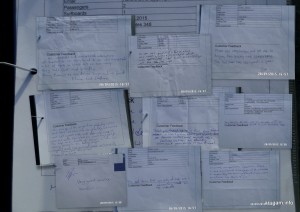
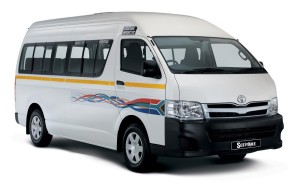


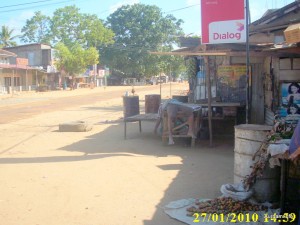
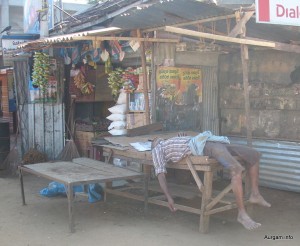
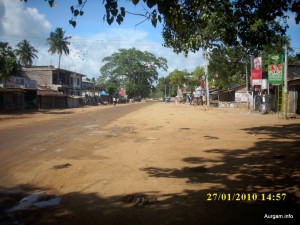










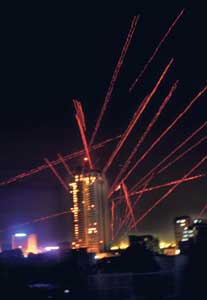
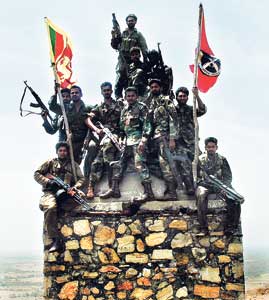

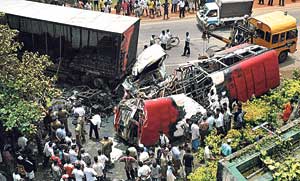
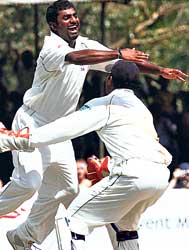
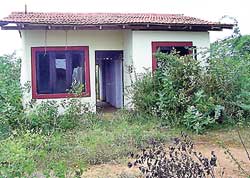
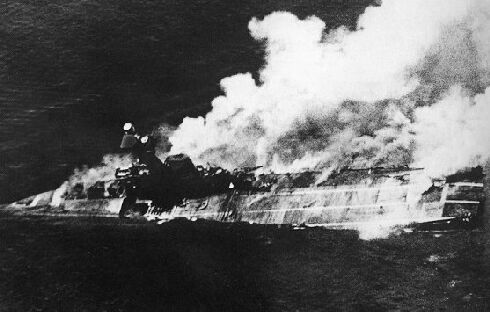
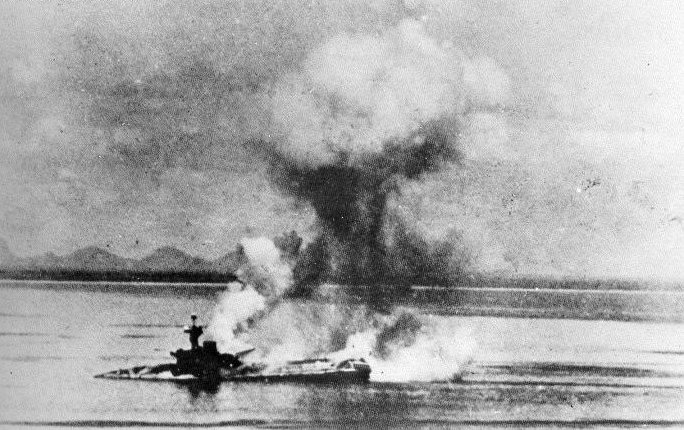
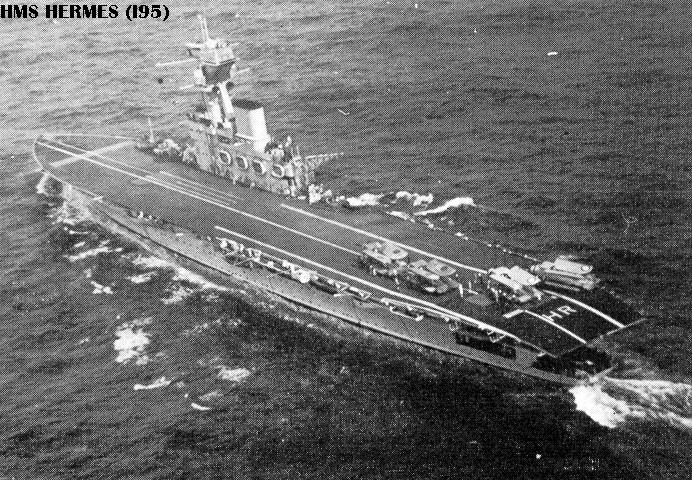
 Arugam Forum
Arugam Forum Arugam Photo Galleries on Picasa
Arugam Photo Galleries on Picasa Old Website
Old Website Press Coverage
Press Coverage Surf Forecast for Arugam Bay
Surf Forecast for Arugam Bay
TODAY’s Comments